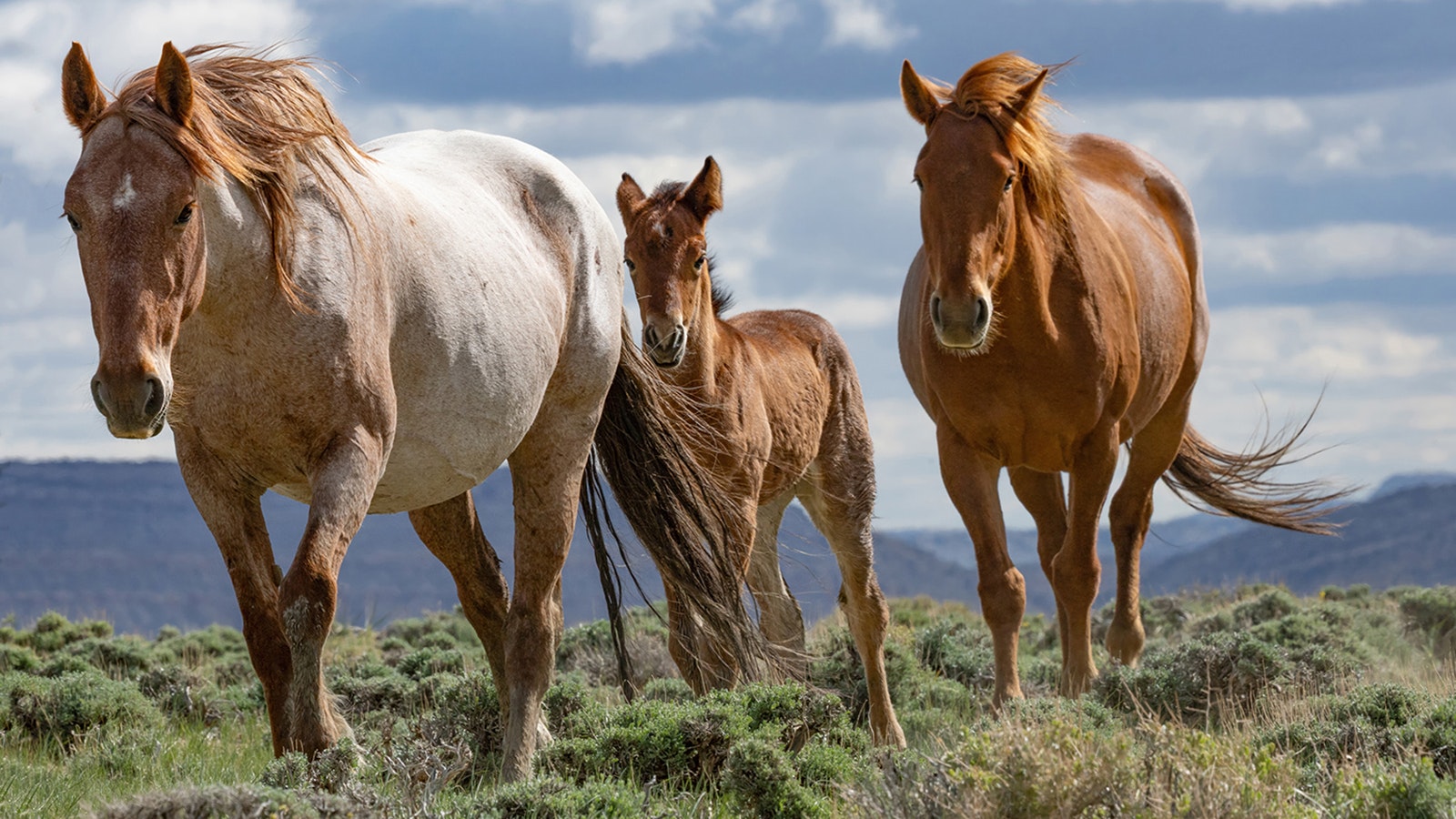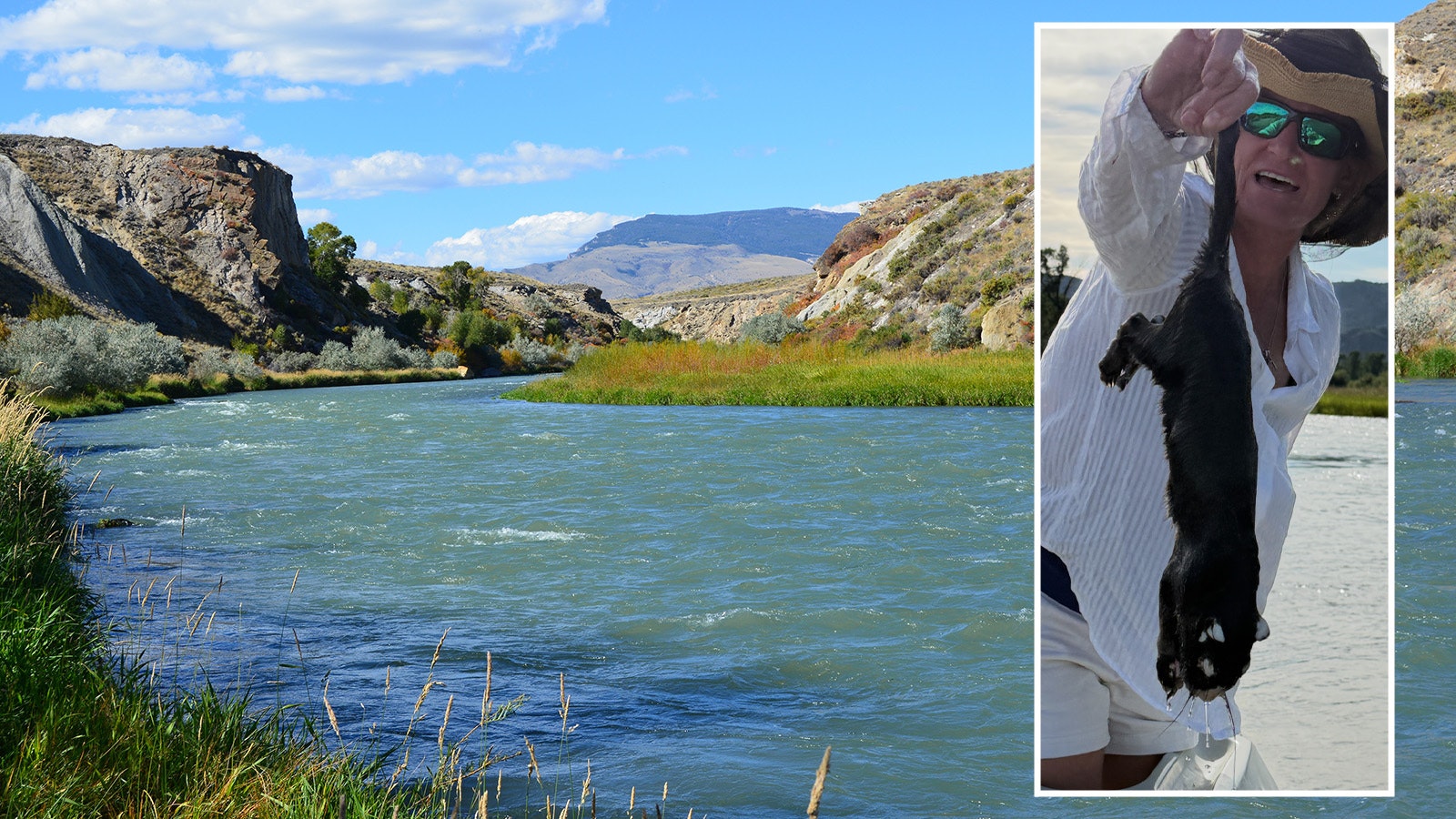By CJ Baker, Powell Tribune
Yellowstone National Park’s telecommunications system currently consists of an array of outdated antennas and dishes scattered across the park’s backcountry and developed areas. Park officials are hoping to trade them in for fiber optic cable.
Under a proposal now out for public comment, the National Park Service would allow a private company to install 187 miles of fiber optics along the park’s major roads. While the project would not expand the areas where cellphone and internet service is available, it would dramatically improve the coverage already in place. Adding the cabling would also allow the Park Service to remove five 28-foot-high microwave radio reflectors from mountaintops and the backcountry.
Diamond Communications LLC, a company based in New Jersey, would construct and maintain the fiber network, building it over a series of three construction seasons. Most of the work would be completed in the first two years, with up-to-30-minute traffic delays expected.
When finished, the network would run along almost all of the park’s Grand Loop Road, stretching from the North Entrance to the South Entrance while hitting all of the developed areas — from Tower Falls to Fishing Bridge to Grant Village. Almost all of the cable would be buried just off the roadway, creating few new disturbances to the soil.
The Park Service says it would put various restrictions in place to minimize the impacts to travelers and to Yellowstone’s flora and fauna. As just a couple examples, the contractor may be required to use rubber-tracked vehicles and no trees could be removed during raptor and songbird nesting seasons.
Diamond Communications would recover its construction costs by leasing the fiber optic infrastructure to service providers, such as cellphone companies.
“The proposed action may also lead to requests by service providers to construct cell towers in developed areas or to add equipment to existing infrastructure,” the Park Service acknowledged in an environmental assessment. However, it said any such requests would be evaluated at the time they’re received, stressing in a news release that the fiber optic proposal itself “would not expand authorized cellular phone coverage areas.”
The assessment notes that some Yellowstone visitors come to the park to get away from it all, but says that, even after improvements are made, “the very limited data services provide excellent opportunities for visitors to disconnect.”
At present, the Park Service suggests that Yellowstone’s developed areas are a little too disconnected.
“Due to the immense size and relative isolation of the park, employees rely heavily on telecommunications equipment and technology to effectively communicate,” the document says.
PVHC
The Mammoth Hot Springs area already has fiber service, but the bandwidth available in most of the other developed parts of Yellowstone is “profoundly inadequate,” the assessment says. Currently, the roughly 40-year-old microwave radio reflectors allow 240 Mbps of bandwidth to be shared between nine areas. To put that in context, a single smartphone requires an average of 5-12 Mbps of bandwidth — meaning it can theoretically take only a couple dozen people to tie up the system. And Yellowstone hosts thousands, not dozens, at any given time.
Beyond the millions of visitors who travel to Yellowstone each year, roughly 4,000 people work in the park, either for the government or for private concessionaires. Park officials say the telecommunications equipment now in place can’t keep up. The system is unreliable, they say — going offline three times in the past five years — and it’s often overwhelmed by data requests in the summer months. That impacts emails, phone calls and credit card transactions at park stores and can even affect 911 calls and emergency responses.
In a 2016 survey, just over half of Yellowstone visitors rated their connectivity as either poor or nonexistent. Those working in the park, meanwhile, report having a hard time getting online for banking, classes, healthcare, shopping and video chats, text messaging and email.
“Many previous employees have described the feeling of digital isolation as one of the primary reasons for choosing not to return to Yellowstone,” the assessment says.
While services have been upgraded in Mammoth and Canyon Village, the connectivity in Lake, Grant Village and Old Faithful “continue to be virtually inoperable throughout the day and night,” the document says.
Park officials say that also leaves them with no good way to communicate with visitors about road closures, delays and other time-sensitive information; the assessment indicates the Park Service would like to offer “interactive educational tools” like phone apps as well.
According to the Park Service, the 57-page environmental assessment cost approximately $200,000 to produce — including $161,452 paid to an outside contractor.
Public comments on the fiber optics proposal are being accepted through April 21. To submit a comment or learn more, visit parkplanning.nps.gov/fiberEA.
A final decision is expected this summer.





